[et_pb_section fb_built=”1″ _builder_version=”4.16″ _module_preset=”default” global_colors_info=”{}”][et_pb_row _builder_version=”4.16″ _module_preset=”default” global_colors_info=”{}”][et_pb_column type=”4_4″ _builder_version=”4.16″ _module_preset=”default” global_colors_info=”{}”][et_pb_image src=”http://statlabdiagnostics.com/wp-content/uploads/2023/05/shutterstock_2013208163-scaled.jpg” title_text=”Medical,Concept,Of,Patient,Experience,,Satisfaction,,Feedback.” _builder_version=”4.16″ _module_preset=”default” global_colors_info=”{}”][/et_pb_image][et_pb_text _builder_version=”4.16″ _module_preset=”default” global_colors_info=”{}”]
A lot has changed in just a few years. Patients today demand both high-quality healthcare and an exceptional patient experience.
This is true across different age groups and generations. Healthcare providers need to embrace the concept of customer-driven interactions if they want to maintain and grow their practices.
Changing Patient Expectations
How patients today approach healthcare resembles the way they interact with retailers. The most successful retailers provide convenient, personalized, multi-channel interactions for their customers. Some of the more progressive companies are expanding this approach into healthcare as well in an attempt to cash in the $123 billion consumer healthcare market.
Why would patients wait on hold for an appointment, have to wait a day or two to see a physician, and deal with an unfriendly reception when they arrive when they can get on-demand services for same-day appointments in an inviting and modern environment?
The Agency of Healthcare Research and Quality surveyed patients to see how they define a positive patient experience. Patients cited such interactions as timely appointments, easy access to information, and “satisfying communication.” Yet these are the same areas where patients say they are frustrated and feel unserved.
Nearly 80% of patients say they struggle to make or change an appointment, access their test results, or get a prescription filled.
Healthcare providers that ignore patient expectations do so at their own peril, especially in today’s increasingly competitive environment.
Positive Experience Drive Better Outcomes
Research also demonstrates a clear link between positive patient experiences and positive health outcomes. When patients have a good experience, they are more likely to adhere to clinical recommendations and preventative care.
In other words, when you improve the overall patient experience, you can also improve the health of your patients.
Best Practices for Improving Customer Experience in Healthcare
Improving the experience in healthcare requires a focus on creating patient-centric solutions. Healthcare providers should examine the entire patient lifecycle from the first interaction with your practice.
Modernize Websites and Communication
Patients should be able to easily find information about your practice, areas of care, location, hours, and other important information. If patients can’t find what they are looking for quickly, they may never make the first call.
First Contact
You need to make a positive first impression to attract patients and that means training your frontline employees to be compassionate and attentive. The front desk is often the first contact patients have and a friendly, sympathetic approach can go a long way.
Intake and Access
Many practices still require patients to fill out multiple forms by hand, often repeating information from page to page. While EHR requirements have helped, many practices have yet to modernize their practices or technology.
Adding in tech that allows online intake, health record and test result access, and online bill pay can make a significant difference.
Reduce Wait Times
This is always a challenge for medical providers, but it’s one of patients’ biggest pet peeves. Respect patient times and try to stick to appointment times as closely as possible. When things disrupt the day, make sure you proactively communicate with patients to reduce frustration.
Ask More Questions
A shocking number of patients say they leave the doctor’s office unsure of what they need to do next. They are either confused by the proposed course of treatment or are left with unanswered questions. Medical personnel can help reduce this frustration by asking more questions and making sure patients have a clear and complete understanding of the next steps.
Providing a Better Customer Experience
Even doctors and nurses that provide exceptionally high levels of care may not be enough to overcome a poor patient experience. Nearly 70% of patients say that even though they are happy with their current healthcare provider, they would switch to another provider if they offer a better experience.
[/et_pb_text][/et_pb_column][/et_pb_row][/et_pb_section]
